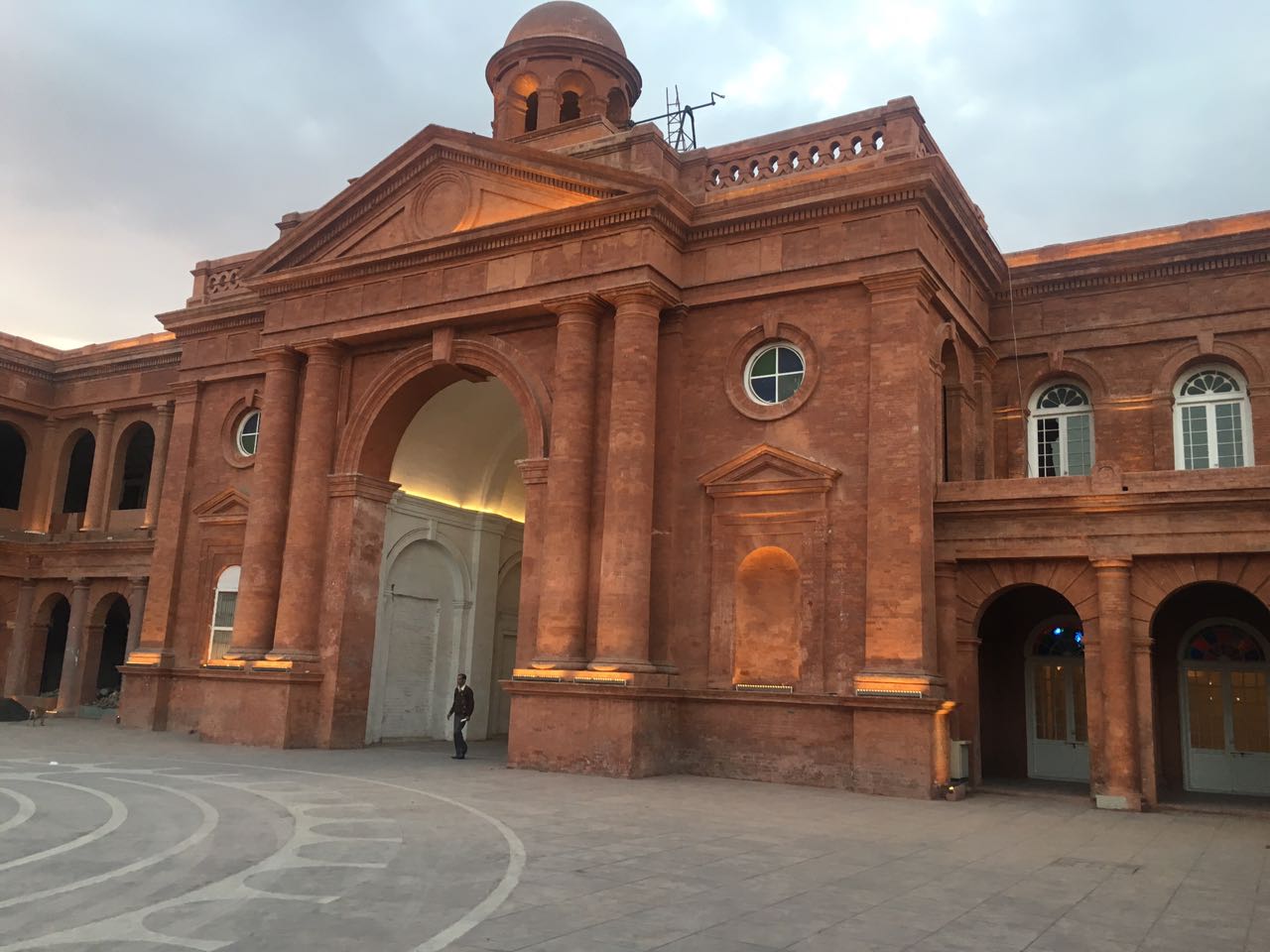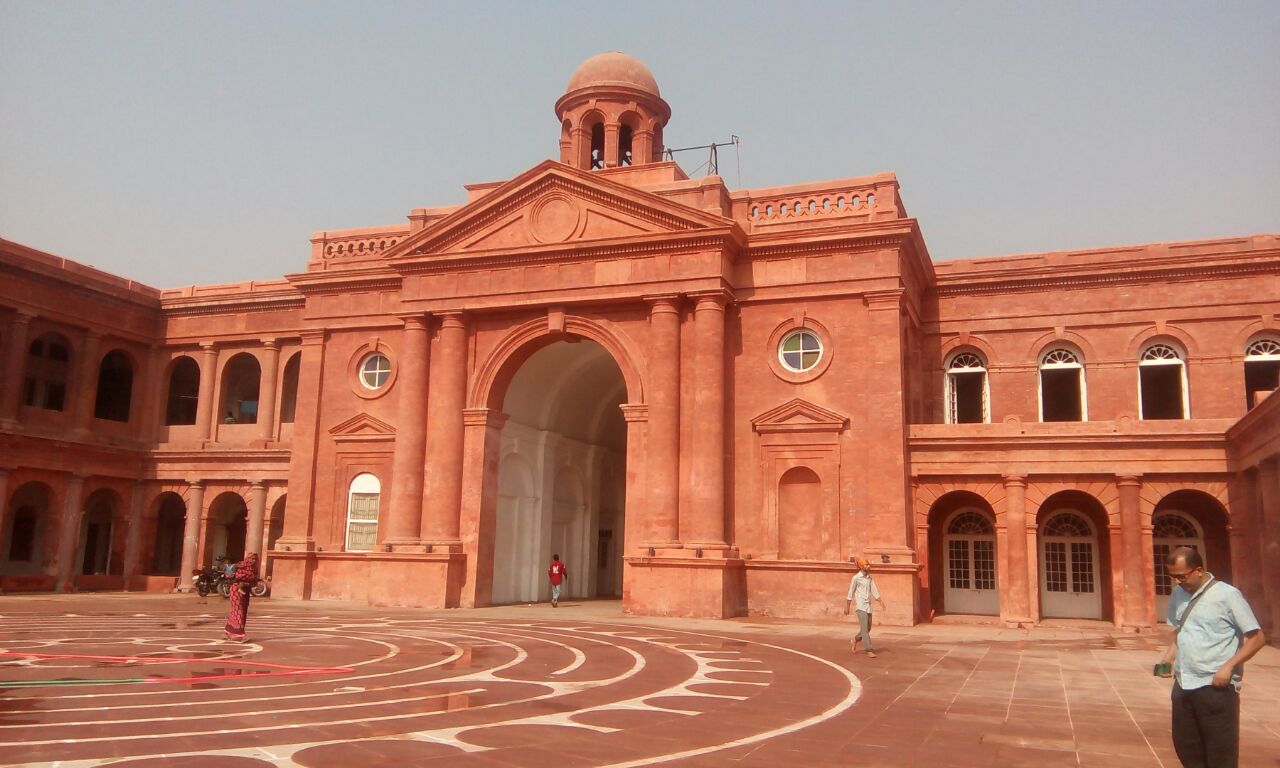The Partition of India in 1947 resulted in the largest mass migration in human history, with some twelve to eighteen million people directly impacted. The Partition Museum has been set up as a People’s Museum to remember all those millions who lost their homes or loved ones at that time. It is the world’s first Museum on the Partition, and as such serves as an important memorial.
It opened in October 2016 with a curtain raiser exhibition, and all 15 galleries were opened on August 17, 2017.
Spread over 17,000 square feet in the historical and grand Town Hall building, the Museum uses multiple different mediums to create a world-class engaging experience for the visitor. This includes oral histories playing on video, a soundscape in each gallery, original artifacts donated by refugees, newspapers, and magazines, photographs showing the migration and camps, letters written by refugees, government documents, and especially created art installations.
As it is a people’s Museum, it is being co-created by the generous contributions of thousands of people who are sharing their own family oral histories and artifacts.
The Museum actively encourages internships and has an ongoing internship program.
If you only have one hour, skip the early pre-Partition galleries, and head straight for the Boundary Commission room (Gallery 6).
The Boundary Commission room describes the ad-hoc way that the boundaries were drawn in just 5 weeks with outdated censuses and incorrect maps.
· Listen to Kuldip Nayar recount his interview with Cyril Radcliffe and read W.H. Auden’s disconcerting poem.
· See an original copy of the submission by the Indian National Congress to the Punjab Boundary Commission.
· Proceed to the Gallery of Migration about how people came with great difficulty on trains, boats, cars, or on foot.
· See the life-size replica of a train station, and on the platform, the objects carried by refugees on their journeys.
· Listen to the oral histories of people describing how they came in kafilas (on foot) and trains without food or water. One describes how a child was lost. Another how their train was attacked.
· Read a handwritten diary entry from January 1948.
· As you move into the Gallery of Divisions, understand how Partition affected so many different people and institutions.
· Pause by the well that has been built as a memorial to the women lost to honor killings, listen to the recordings about those lost, and see the handwritten letter from 1948 regarding a woman who was abducted.
· Read about how a centuries-old necklace from Mohenjodaro was clinically divided into two.
· Understand the magnitude of institutional flux in creating distinct currencies, armies, railways.
· Like sports? Understand what Partition meant for cricket and hockey.
· Move upstairs to the Gallery of Refuge, which describes the refugee camps.
· Hear the harrowing oral histories of how people lived in refugee camps having fled their homes and left behind their possessions.
· See the lock and key and pocket watch kept all these years by one family.
· See the artwork by Satish Gujral, S.L. Parasher, and Krishen Khanna.
· Think of love at the time of Partition as told by a Phulkari coat and briefcase carried by separated fiances.
· Go finally into the Gallery of Hope.
· Write a message on our Tree of Hope and help us symbolically green the tree together.
· See the letters written by friends separated by the border between 1949 and 1996, and the small piece of earth carried by someone from their ancestral village.
· Ponder the symbolism in a story of separated twins.



• Railway: Amritsar Junction
• Airport: Sri Guru Ram Das Ji International Airport
• Bus Station: ISBT near Mahan Singh Gate
